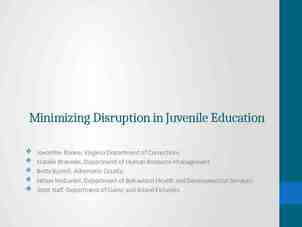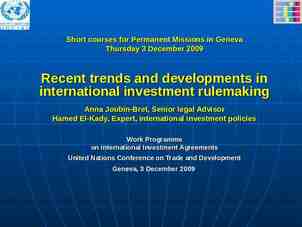Latin American Independence
6 Slides1.18 MB
Latin American Independence
Toussaint L’Ouverture Toussaint L’Ouverture was a former slave who was self educated and became familiar with the ideals of the Enlightenment In 1789, he led the people of Haiti in a rebellion against their French rulers, and freed Haiti by 1798 In 1802 Napoleon Bonaparte attempted to reestablish French control in Haiti Toussaint L’Ouverture fought a guerilla war against the French By 1804 Haiti gained it’s independence.
Jose de San Martin (1778 – 1850) One of the main leaders of the Latin American independence movement. He was a strategic genius who used his skills to help fight against Spanish Rule. He is known as one of the principal liberators of South America. He was a hero in South America but mostly in Argentina.
Simon Bolivar A Creole educated in Europe. Believed in the ideas of the Enlightenment and the French Revolution. Further inspired by the American Revolution Vowed to drive the Spanish out of South America. Called the “Liberator” One of the greatest nationalist leaders of Latin American independence.
Hierarchy Triangle Latin America Latin American colonial society was separated into classes based on the origins and race of the people. All the titles of the groups of people made up hierarchy Triangle which determined the place in the community of the people. The Triangle At the top were the Penninsulares, men who were born in Spain. They were the only men who could run in office of the government. They made up 0.1% of the population. Below the Penninsulares were the Creoles, Spaniards born in Latin America. They couldn’t hold high-level in the political office. They had pretty much the same rights as the Penninsulares. They were about 22.8 % of the population. Below the Creoles came the Mestizos, the people of European and Native American ancestry. At the bottom were the Mulattos, people of both African and European descent.
Problems of Latin American independence Regional differences – – – Geographic barriers Border disputes Regional rivalries for power Cuadillos – – – People were illiterate Ill repaired to create a representative democracy Leaders had power over the military and became dictators\ Economic and social inequality – – – – Over throw or colonial rule Ended mercantilism Gap between rich and poor grew greater Unequal social status Conservatism of the church – – Powerful force in Latin American society Oppose liberal changes that benefit the majority











